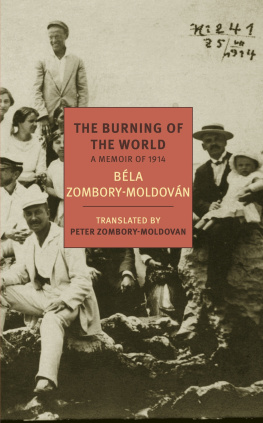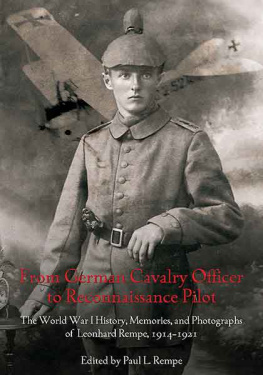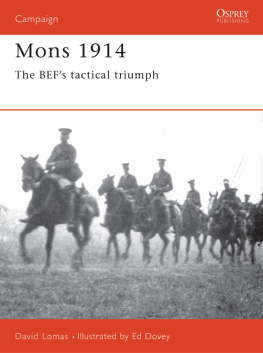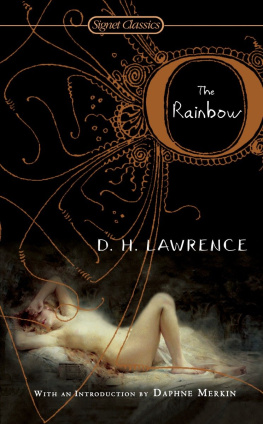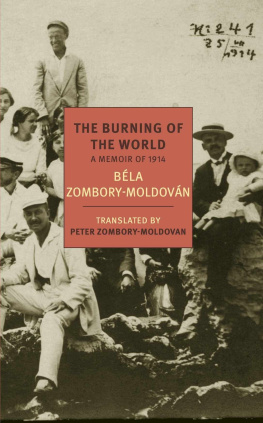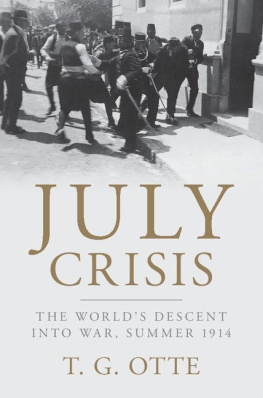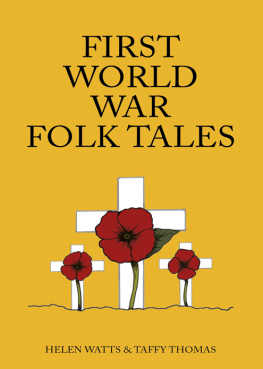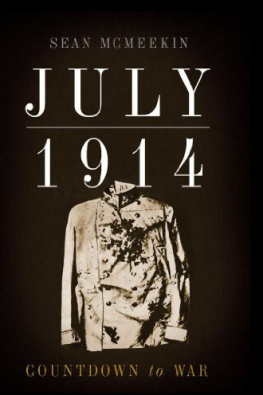BLA ZOMBORY-MOLDOVN (18851967) was born in Munkcs (now Mukachevo), in what was then the Kingdom of Hungary, part of the Austro-Hungarian Empire. After graduating from the Academy of Fine Arts in Budapest, he established himself as a painter, illustrator, and graphic artist. Wounded in action in 1914 as a junior officer on the eastern front, he served the rest of the First World War in non-combatant duties. He was a successful painter, especially of portraits, during the interwar years, and was the principal of the Budapest School of Applied Arts from 1935 until his dismissal by the Communist regime in 1946. Out of official favor and artistic fashion in the postwar years, he devoted himself to the quiet landscapes in oils and watercolor that are his finest work. The writing of his recently discovered memoirs probably also dates from those years of seclusion.
PETER ZOMBORY-MOLDOVAN has co-translated Arthur Schnitzlers Reigen and is working on a new version of Bertolt Brechts Furcht und Elend des Dritten Reiches for the English stage. A grandson of Bla Zombory-Moldovn, he lives in London.
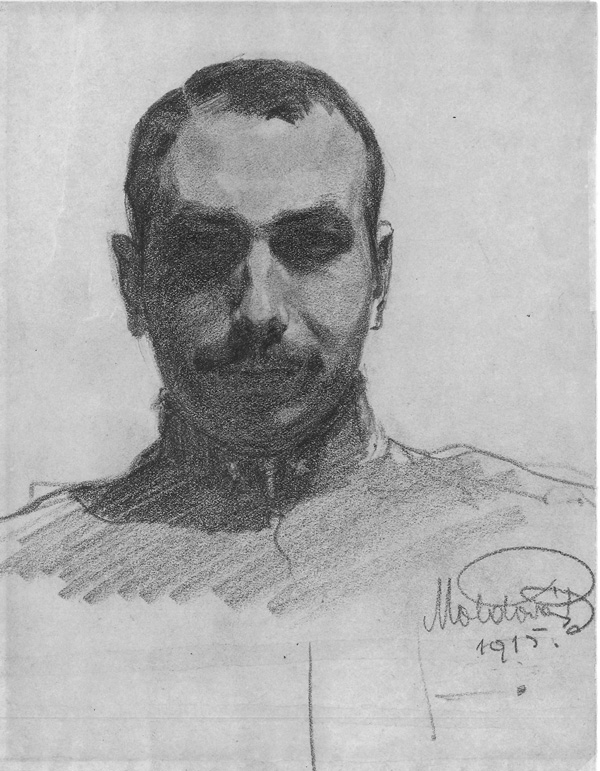
Bla Zombory-Moldovn, Self-portrait, 1915. Graphite pencil.
The collar insignia denote the rank of second lieutenant of the Austro-Hungarian infantry.
THE BURNING OF THE WORLD
A Memoir of 1914
BLA ZOMBORY-MOLDOVN
Translated from the Hungarian and with an introduction and notes by
PETER ZOMBORY-MOLDOVAN
NEW YORK REVIEW BOOKS

New York
THIS IS A NEW YORK REVIEW BOOK
PUBLISHED BY THE NEW YORK REVIEW OF BOOKS
435 Hudson Street, New York, NY 10014
www.nyrb.com
Copyright 2014 by the Estate of Bla Zombory-Moldovn
Translation, introduction, and notes copyright 2014 by Peter Zombory-Moldovan
All rights reserved.
The works reproduced as the frontispiece and on p. 139 are copyright by the Estate of Bla Zombory-Moldovn.
Maps: Ted McGrath
Cover image: Bla Zombory-Moldovn (seated front, left) and companions on the beach at Novi Vinodolski, July 25, 1914
Cover design: Katy Homans
Library of Congress Cataloging-in-Publication Data
Zombory-Moldovn, Bla, 18851967.
The burning of the world : a memoir of 1914 / by Bla Zombory-Moldovn ; translated from the Hungarian by Peter Zombory-Moldovan.
1 online resource. (New York Review Books classics)
ISBN 978-1-59017-810-2 ISBN 978-1-59017-809-6 (paperback)
1. Zombory-Moldovn, Bla, 1885-1967. 2. World War, 1914-1918Personal narratives, Hungarian. 3. World War, 1914-1918Social aspectsHungary. 4. SoldiersHungaryBiography. 5. VeteransHungaryBiography. 6. ArtistsHungaryBiography. 7. HungaryHistory1867-1918Biography. I. Zombory-Moldovan, Peter. II. Title.
D640
940.4'13439092dc23
[B] 2014017711
ISBN 978-1-59017-810-2
v1.0
For a complete list of books in the NYRB Classics series, visit www.nyrb.com or write to: Catalog Requests, NYRB, 435 Hudson Street, New York, NY 10014.
CONTENTS
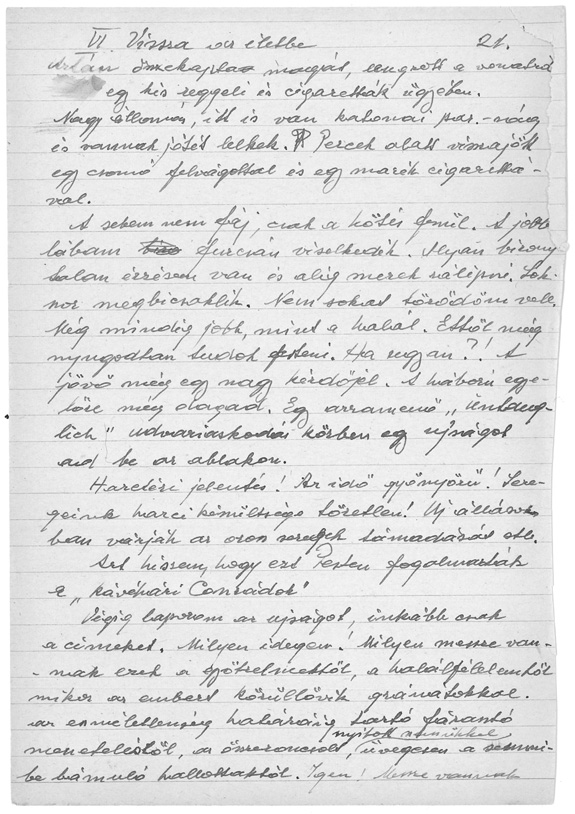
A page from the autograph manuscript of The Burning of the World.
The text is from chapter 7 and corresponds with the passage on page 72 beginning Then he gathered himself together in the second paragraph and ending Yes, far away in the penultimate paragraph.
INTRODUCTION
S UMMER . Friends pose for a photograph on a beach. They are tanned and at ease in their outfits of white linen and cotton. The men cover their heads against the bright sun, the women wear their hair bobbed or tied back. They look in the prime of life, mostly in their late twenties or early thirties: young professionals (lawyers, publishers, teachers, a couple of artists) on a group holiday at the Mediterranean coast. They smile or gaze at the view; a small child in its mothers lap waves to the camera. The photographerno doubt a local, working the beach during the seasonhas carefully inscribed the plate with his reference number and the date: 25/vii/1914.
The beach is at Novi Vinodolski, on the Adriatic. The confident man of twenty-nine sitting at the bottom of the photograph is my grandfather Bla Zombory-Moldovn, a young artist oblivious to the fact that his carefree holiday is about to be cut short. In three days his country, Austria-Hungary, will be at war. A week from now he will be in uniform, and in just over a month he will be a thousand kilometers away, watching in horror as his comrades are torn apart by Russian artillery in the forests of Galicia.
Blas birthplace, on April 20, 1885, was the small and ancient city of Munkcs, in the foothills of the Carpathian Mountains. It lay in the east of what was then the Kingdom of Hungary, part of the Austro-Hungarian dual monarchy ruled by Franz Joseph I, the emperor of Austria and holy apostolic king of Hungary.
The Carpathians are still there. All the rest is gone.
The city continues to exist in a physical sense, but these days it is called Mukachevo, and after a thousand years, give or take, within the former Kingdom of Hungary, eighteen in the former Czechoslovakia, and forty-six in the former USSR, it is now in Ukraine. These have not been merely changes of administration. In 1910, three-quarters of its inhabitants were native speakers of Hungarian; in 2001, fewer than one in ten were.
Hungary would remain a kingdom until 1946, but in name only. A short-lived Communist revolution in 1919 gave way to a nationalist regime under Admiral Mikls Horthy, who installed himself as regent whilst conniving in the removal from Hungary of Franz Josephs successor, Karl. This was against the background of Hungarys dismemberment under the Treaty of Trianon of 1920, imposed by the victors of the First World War, in which the country was shorn of almost three-quarters of its prewar territory, two-thirds of its prewar population, and five of its ten largest cities. Having lost, among other things, its access to the sea at the Adriatic port of Fiume (now Rijeka), Hungary became (as one wag put it) a kingdom without a king, ruled by an admiral without a fleet. Worse was to come in 1944 and after.
This remarkable memoirpublished here for the first time in any languageis a record, through the eyes of one man caught up in the maelstrom, of the fateful year when everything fell apart.
Three centuries of subjugationfirst to the Ottoman Turks, then to Austriahad stoked a spirit of nationalism in Hungary, which erupted into revolution against Hapsburg rule in 1848. That revolution was suppressed; but by the Compromise of 1867, Hungary was granted home rule and (at least in principle) equal status with Austria in what was henceforth known as the dual monarchy. Hungary now had its own parliament, government, and institutions of statehood; only its foreign policy and defense were controlled from Vienna, which became the joint capital with Budapest. The Kingdom of Hungary then extended over a land area almost equal to that of todays Germany; it stretched from the Adriatic coast to the Tatra mountains in the north, and from what is now the Austrian district of Burgenland in the west to Transylvania in the far southeast.
An efficient railway system soon extended to the farthest reaches of the empire. The decades of stability after 1867 saw a sustained economic boom in which industry, trade, and construction took off at a rapid rateabove all, in Budapest, which was formed in 1873 with the unification of the twin cities of the ancient Buda on the west bank of the Danube and the vigorously expanding modern Pest on its east bank. This confident new metropolis built the worlds second underground railway system, public buildings that rivaled (and, in the case of the vast neo-Gothic parliament building, surpassed) those of Vienna in magnificence, and entire quarters of well-appointed and elegant apartment buildings to house the mushrooming bourgeoisie and their servants.

